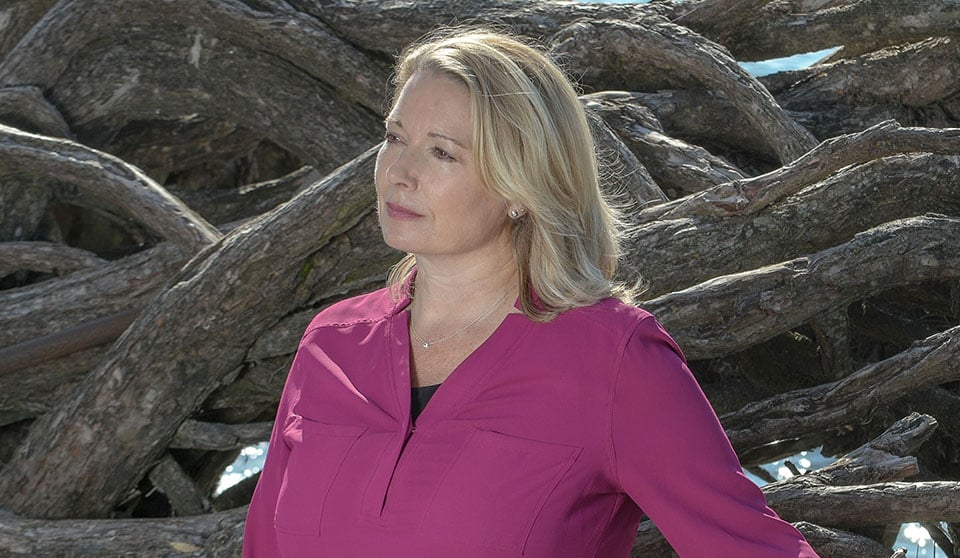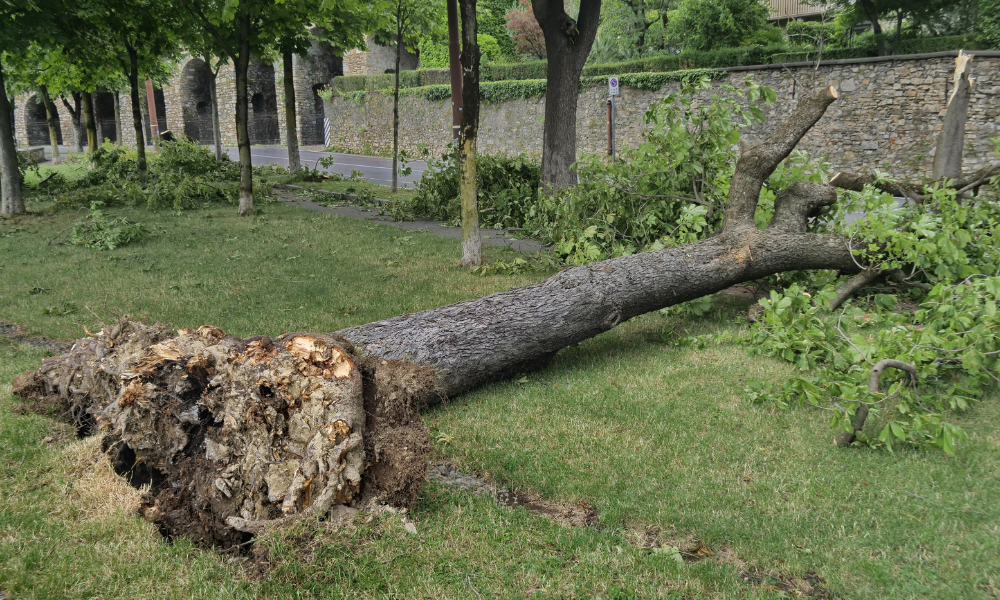Energy safety expert weighs in on why health and safety is not just about focusing on what went wrong

Lisa Beech-Hawley, health and safety program manager for Ontario Power Generation, lives and breathes her job and views her profession as a "helping career".
She spoke to COS about what drives her career - and where it all started.
Q. How did you get into health and safety, and why?
A. I wanted to work in a “helping” career. I thought I would like physiotherapy because I enjoyed sports, understanding how the body works and how to prevent and recover from injury. A guidance counsellor suggested I take kinesiology as a pathway to physiotherapy, but I enjoyed the breadth of the program and career options in kinesiology so much I stayed with it. I started working in vocational rehabilitation, then ergonomics and, eventually, into broader health and safety — which I still see as a helping career!
Q. What do you like the most about being a health and safety professional?
A. I am proud to be [an] H&S professional in an organization where health and safety is our number one priority. Continuous learning, variety, solving problems and strategic thinking make every day challenging and rewarding. Most importantly, as I learned as an ergonomist, health and safety is most enjoyable and meaningful when it is not just about rules and focusing on what went wrong but about caring about people as individuals, listening to them and setting them up for success to be safe and healthy.
Q. What has been the biggest challenge so far in your career?
A. Implementing a multi-year MSD (musculoskeletal disorder) prevention strategy to target our highest injury area was a huge challenge. We had a great team representing different parts of the organization and we were successful in influencing a change in safety culture around MSDs that had [a] lasting impact. Many things we learned through that journey have been valuable in other H&S strategies since.
Q. At work, what takes up most of your time?
A. A huge part of what I do is keeping up with regulatory requirements and best practices in H&S to ensure that we provide our people with what they need to know to keep themselves and our workplaces safe and healthy. Engaging with other H&S professionals and regulators, such as through BCOHS, is invaluable to being effective in my role.
Q. How do you promote health and safety outside of work?
A. Health and safety relates to everything in life! I promote H&S in everyday activities and choices with family, friends and my community involvements, but I am increasingly aware of broader issues such as equity, diversity, inclusion and respect and environmental impacts on mental and physical health and safety. I try to speak up, take action or give wherever I see an opportunity to help influence someone’s health and safety. Social media is a great way to promote H&S and share ideas and information among personal and professional networks.





